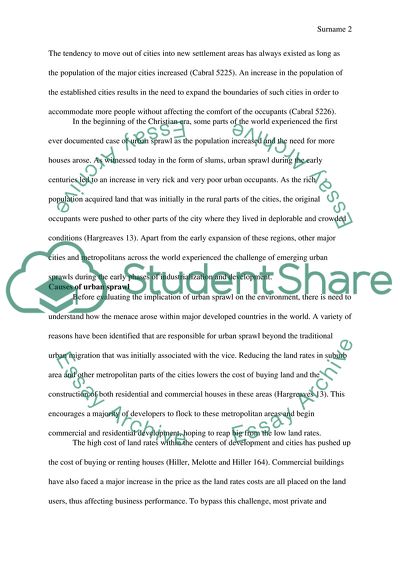Cite this document
(Impact of Urban Sprawl to the Environment Term Paper, n.d.)
Impact of Urban Sprawl to the Environment Term Paper. https://studentshare.org/environmental-studies/1861597-urban-sprawl-is-harmful-to-our-environment-because-of-the-heavy-usage-of-automobile
Impact of Urban Sprawl to the Environment Term Paper. https://studentshare.org/environmental-studies/1861597-urban-sprawl-is-harmful-to-our-environment-because-of-the-heavy-usage-of-automobile
(Impact of Urban Sprawl to the Environment Term Paper)
Impact of Urban Sprawl to the Environment Term Paper. https://studentshare.org/environmental-studies/1861597-urban-sprawl-is-harmful-to-our-environment-because-of-the-heavy-usage-of-automobile.
Impact of Urban Sprawl to the Environment Term Paper. https://studentshare.org/environmental-studies/1861597-urban-sprawl-is-harmful-to-our-environment-because-of-the-heavy-usage-of-automobile.
“Impact of Urban Sprawl to the Environment Term Paper”. https://studentshare.org/environmental-studies/1861597-urban-sprawl-is-harmful-to-our-environment-because-of-the-heavy-usage-of-automobile.


